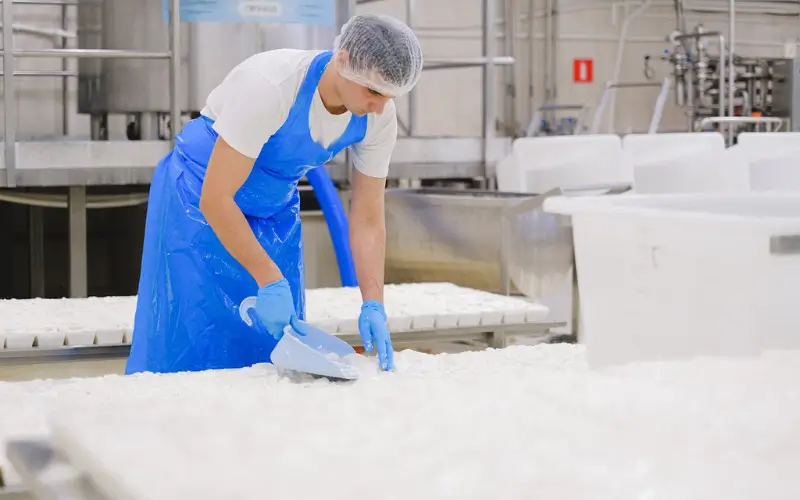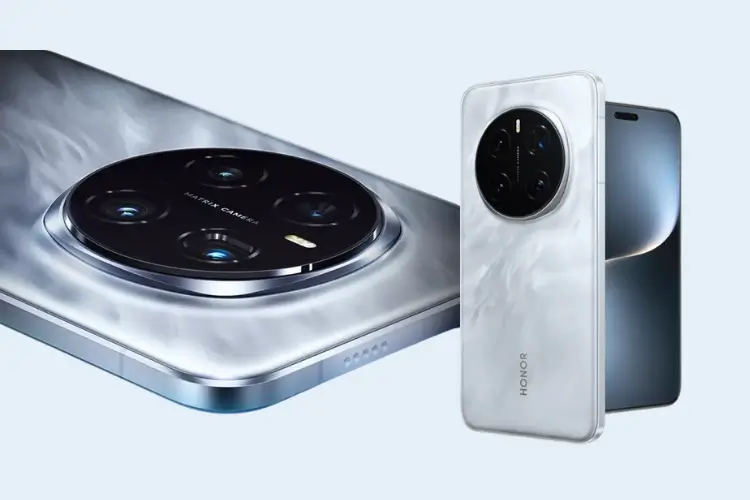The future of industrial plastic components looks bright and promising. With a growing industry of construction and parts across the world, there is a dire need for new industrial materials that embody two key traits: durability and lightweight composition. But that’s not all, the only way to effectively get industrial-level components out and selling in the market is by making them at an affordable price point as well. The industry is constantly evolving in an effort to create the next best material made out of plastic. If you’re wondering what the future of plastic looks like in the industrial components world, this article is for you.
Biodegradable Plastic For the Environment
This type of plastic definitely covers the “smarter” form of using plastic. Ever since plastic was invented and became the major raw material for consumer goods, there has been a looming concern about how plastics are affecting the environment. With a global call for reducing plastic usage to protect natural habitats, especially the oceans there was a need to upgrade the way plastics are made. Biodegradable plastics automatically break down into very small particles potentially decreasing the plastic waste that can be accumulated over the course of time. These plastics are usually made from organic sources such as sugarcane, cornstarch and sometimes even algae, and are mostly used in food packaging, medical equipment, and agricultural films.
Plastic That Heals Itself
That’s right, now we have the kind of plastic in the market available for industrial usage that can potentially heal itself after impact. This type of plastic was designed by taking inspiration from alive tissue that self-heals. The idea was to make the kind of plastic that automatically removes a scratch or a dent. These plastics are usually laced with microcapsules and polymers, and when they receive an impact, they react together to repair the fracture. This type of plastic can prolong the longevity of a product when used as a raw material. This type of plastic is used in making parts of cars to increase their longevity and reduce the possibility of having to change parts. It is also used in electronics because they tend to be expensive and are used regularly.
Twin Sheet Thermoforming Plastic
Another great option in the market these days is twin sheet thermoforming services. It basically operates by heating and putting two sheets of plastic simultaneously against opposing molds. After that, the two sheets are brought together and joined with pressure to create a strong, durable, and lightweight block of plastic that requires less material and carries less weight due to its hollow structure, but is still incredibly strong. It is also a very cost-effective method of creating larger blocks of plastic with fairly less raw materials. It is often utilized in automotives as inner linings of vehicles and cargo units. It is also used in medical equipment. Industrially, it is used for ductwork as well.
Smart Plastics
This type of plastic responds to external stimuli, and it comes in very handy when you’re trying to create a temperature or light-sensitive product. The materials used to make this type of plastic make it hyper-responsive to pressure as well. One key example of this type of plastic would be Shape-Memory plastic which is often used to create medical stents as well as eyeglasses that adjust according to the face shape. In fact, this type of plastic is also used for all sorts of wearable devices and electronic that require a certain degree of flexibility.
Recycled Plastic
Last, but not least, is recycled plastic. It is right up there behind biodegradable plastics when it comes to containing the environmental waste generated by this widely used material. Recycled plastic is essentially taking the plastic and putting it through a different process to recycle and recover it in the form of small plastic pellets. It performs two key functions: you don’t have to use raw materials, used plastic itself serves as a raw material, and it also helps clean up the environment. Companies like Adidas use plastic found in the ocean to make their shoes, which is a great way to clean up the environment while keeping the industry running.
Conclusion
“Plastic is bad” is a blanket term which is quickly becoming a thing of the past, with evolution in technology and invention of new kinds of plastic, it might become the redeeming industry material that can not only be durable and strong but dependable and cheap as well.




